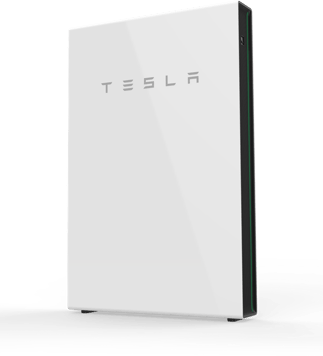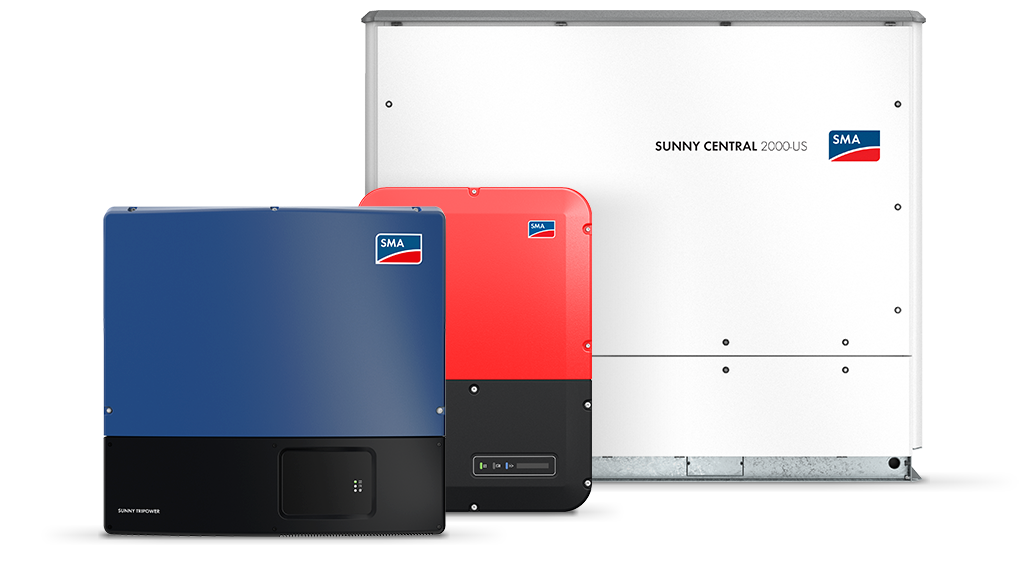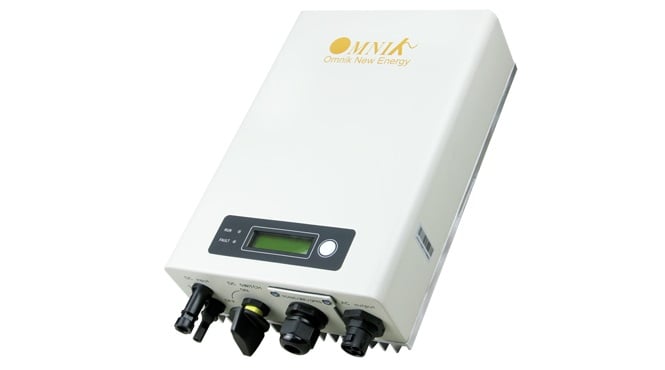The inverter is the heart of a PV system. It’s the crucial interface between your solar panels and the rest of the home, batteries or national grid. Aside from converting DC solar power into usable AC, it houses many of the system’s safety features and performance monitoring.
Given it’s such an important component, let’s talk about how to choose a solar inverter. What do you have to consider, and which is the best model?
Types of inverter
The first decision is which type of inverter is best for your planned system.
Do you have issues with shading on the roof? You’ll get the best results with power optimisers or micro-inverters. These maximise the power generated from each individual panel, essential when some panels are shaded and would otherwise bring down the output of the whole string.
Are you adding a battery? It’s worth considering a hybrid inverter. As well as converting DC to AC power for your appliances and the grid, a hybrid inverter can also send DC power straight to a battery for later use, minimising conversion losses.
Otherwise, go for a standard string inverter. Note that you can still connect an AC coupled battery to a system with a regular inverter, but you will get more conversion losses than you would with a hybrid inverter and DC coupled battery. Saying that, you may find features of an AC battery - like Powerwall 2’s power cut backup and off-peak charging - make up for it.

Inverter efficiency
Inverters are typically over 95% efficient, using only a little of the solar output in the conversion process. Some of the most efficient models are made by SolarEdge (over 99% efficiency) or SMA (98%).
They use energy from the array to run, and a small amount may be lost as heat, so they can never be 100% efficient. Efficiency will also be affected by the local environment - temperature, ventilation, humidity etc.
Reliability and warranties
While solar panels are expected to generate power long after their 25 year warranty, inverters have a shorter lifespan. A typical inverter lasts about 12-14 years and comes with a 5-10 year guarantee, although extensions are often available.
You can anticipate one inverter change during the first 25 years of the system’s life. To make the most of its operation during this time, it’s well worth choosing an inverter brand with a low failure rate and ensuring it’s properly specified and installed. If an inverter isn’t matched to the size of the PV array, it’ll have to work harder and be more likely to fail.
Our recommended inverters
Here are some of our favourite inverters, depending on the type of installation. For a full comparison, please see our best inverters guide.
For houses with shading, we would recommend an inverter and power optimisers set from SolarEdge. Depending on your roof, it can increase output by up to 25%. It also has one of the best warranties on the market - 12 years as standard, extendable to 25 years.

When it comes to string inverters, some of the best are made by SMA and Fronius - premium products of German and Austrian engineering. Often we recommend Growatt or Solis inverters, which offer great quality at a more affordable price tag.
To help decide the best inverter for your particular project, please give us a call on 0118 951 4490 or tap the button below:










